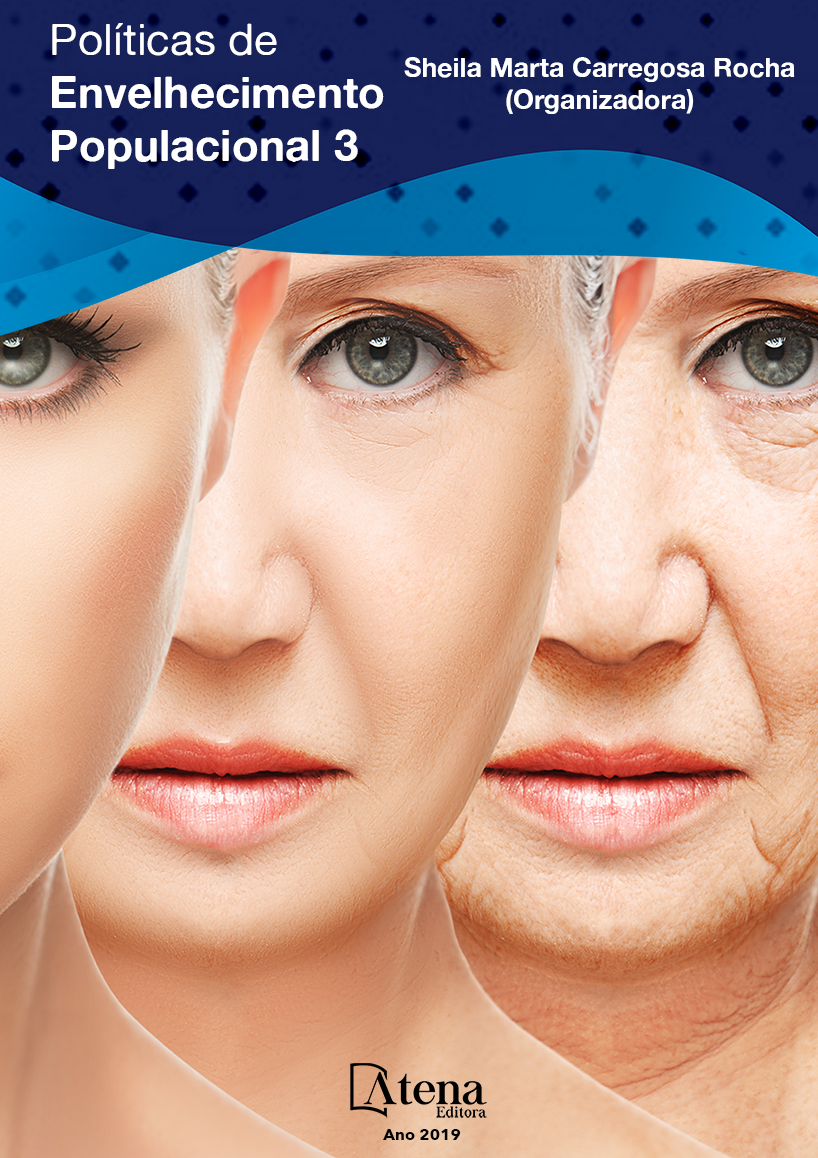
IDOSOS ACOMETIDOS PELA LEISHMANIOSE TEGUMENTAR NO BRASIL: ANÁLISE DOS DADOS EPIDEMIOLÓGICOS
A Leishmaniose apresenta duas principais formas clínicas: Leishmaniose Visceral e Tegumentar. É causada por vetores do gênero Lutzomyia. No Brasil entre os anos de 1995 a 2014, observa-se média anual de 25.763 casos novos e um coeficiente de detecção médio de 14,7 casos/100 mil habitantes. No que se refere a idosos acometidos por Leishmaniose Tegumentar, identificam-se poucas investigações científicas referentes à tematica, o que pode dificultar a assitencia integral e humanizada a essa população. Portanto, investigar o perfil epidemiológico de idosos com este agravo torna-se necessário, para que tais resultados possam despertar a comunidade científica para investir em estudos que tragam contribuições para o a prevenção e controle da doença especialmente na população idosa. Foi objetivo desse estudo: descrever o perfil epidemiológico de casos de lesihmanisose tegumentar em idosos no Brasil, segundo notificações no período de 2007 a 2017, registradas no SINAN/DATASUS. Estudo descritivo, retrospectivo, com dados extraídos do Sistema de Informações de Agravos de Notificação, em maio de 2019, correspondentes aos casos de leshimaniose tegumentar, diagnosticados em pessoas com idade igual ou superior a 60 anos, registrados no período de 2007-2017. Conforme as notificações levantadas, observou-se uma predominância de casos de leishmaniose tegumentar em idosos na faixa etária de 60 a 64 anos, residentes na zona urbana da região Nordeste. Conclui-se que os dados apresentados possuem importância à medida que podem exprimir a situação epidemiológica brasileira referente ao acometimento da leishmaniose tegumentar em idosos.
IDOSOS ACOMETIDOS PELA LEISHMANIOSE TEGUMENTAR NO BRASIL: ANÁLISE DOS DADOS EPIDEMIOLÓGICOS
-
DOI: 10.22533/at.ed.78919131111
-
Palavras-chave: Palavras-chave: Leishmaniose tegumentar, Idosos, Enfermagem, Epidemiologia.
-
Keywords: KEYWORDS: Cutaneous leishmaniasis, Elderly, Nursing, Epidemiology.
-
Abstract:
Leishmaniasis presents two main clinical forms: Visceral and Tegumentary Leishmaniasis. It is caused by vectors of the genus Lutzomyia. In Brazil between 1995 and 2014, there is an annual average of 25,763 new cases and an average detection coefficient of 14.7 cases / 100 thousand inhabitants. With regard to the elderly affected by cutaneous leishmaniasis, few scientific investigations regarding the theme are identified, which may hinder the integral and humanized assistance to this population. Therefore, investigating the epidemiological profile of the elderly with this condition becomes necessary, so that such results may awaken the scientific community to invest in studies that bring contributions to the prevention and control of the disease especially in the elderly population. The objective of this study was to describe the epidemiological profile of cases of cutaneous leishmaniasis in the elderly in Brazil, according to reports from 2007 to 2017, registered with SINAN / DATASUS. This is a descriptive retrospective study using data from the May 2011 Information System for Notification of Aggravation Reporting, referring to cases of cutaneous leishmaniasis, diagnosed in persons aged 60 years and over, recorded in the period 2007-2017. According to the reports, there was a predominance of cases of cutaneous leishmaniasis in elderly aged 60 to 64 years, living in the urban area of the Northeast. We conclude that the data presented are important as they may express the Brazilian epidemiological situation regarding the involvement of cutaneous leishmaniasis in the elderly.
-
Número de páginas: 1
- Ingrid Bergmam do Nascimento Silva
- Liliana Leal Lopes Rocha
- Mitcheline Mahon de Oliveira Carvalho
- Alana Vieira Lordão
- Solange Monteiro Moreira
- Karla Morganna da Costa Felix Assis
- Ana Cristina de Oliveira e Silva
- Maria Eliane Moreira Freire
- Lucas Barreto Pires Santos
- Rebeca Rocha Carneiro
- Maria Aparecida Cavalcanti Catão
- Sergio Vital da Silva Júnior


